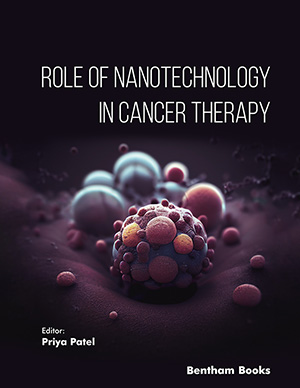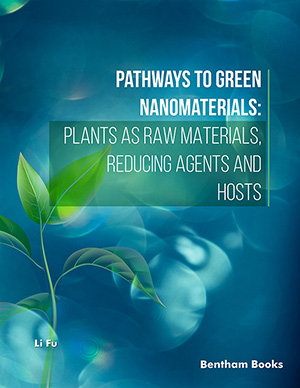Abstract
Background: Carbon nanotube (CNT) nanofluidics have been studied theoretically and experimentally for more than a decade. Due to the unique geometrical, chemical and physical properties of CNTs, it is extremely interesting to understand the mass transport properties of these molecular scale nanochannels. In addition, the carbon nanotube based nanofluidic devices have great potentials for revolutionary applications in biosensing. Here, we review the recent research activities in the field of CNT nanofluidics.
Methods: We will first give a brief introduction of this field. Then we will summarize various methods for the fabrication of CNT nanofluidic devices. After that, we will discuss the unique mass transport phenomenon, especially for small molecules, observed in these CNT nanofluidic devices. Finally, we will discuss the challenges and future prospects of CNT nanofluidics.
Results: The current research in CNT nanofluidics mainly focused on developing fundamental understanding of the unique mass transport properties in molecular scale CNT. This is partially due to the difficulty of CNT sorting and device fabrication. The steady progress in the technology development of CNT synthesis and device fabrication will eventually promote the applications of CNT nanofluidics.
Conclusion: CNT based nanofluidic devices are promising in biosensing and can perform better than typical solid state nanopores. Beside applications in biosensing, exciting applications of CNT nanofuidics can also arise in biology, medical and energy related fields in the near future.
Keywords: Biosensor, carbon nanotube, mass transport, nanofluidics, nanopore, nanoelectronics, single molecule detection, stochastic sensing.




























